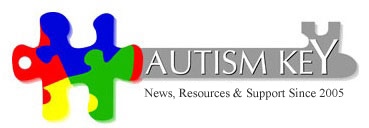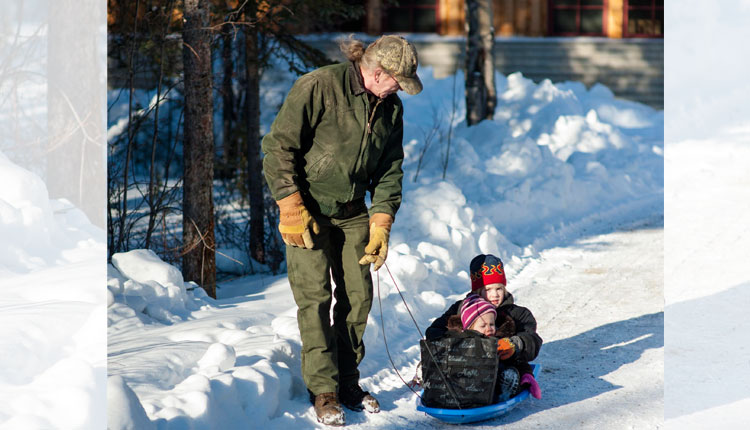Snow Day Strategies for Children with Autism
Routines and schedules are the mantra for those with autism and their families. If fact, they are so important to a child on the spectrum, any change in their daily habits can cause much anxiety or stress.
A big “change” that is currently affecting a lot of families is related tothe relentless winter weather. And while the thought of a snow day sends neurotypical kids into stratospheric realms of giddiness and glee, children on the autism spectrum usually have a hard time coping with the breach in their daily schedules.
So what is a parent to do?
For starters, patience is of the utmost importance. Additionally, here’s a few ideas, taken from other parents in the snowed-in trenches, that will help ease the stress of disrupted schedules from the winter weather:
1. Talk about the possibility of school closing before it happens.
As soon as it looks like a bad weather closing is a possibility, begin to talk with your child. Explain that the snow makes it dangerous to drive or walk to school and that its safer to stay home. Use pictures, if necessary, and talk up the fun activities that can be done instead of going to school. When the actual snow day occurs, knowing that alternative activities exist will most likely keep your child’s anxieties to a minimum.
2. Go out and play in the snow.
For kids with sensory systems that don’t mind the cold temperatures and the extra layers of clothing, go out and play in the snow (weather permitting). Snow play has an endless list of activities. With fellow neighborhood kids out playing too, social skills can be practiced and developed as well. Sledding is not only physically challenging but pulling a sled, while trudging up a snowy hill helps to work on balance and coordination. This is an OT exercise in disguise! For younger children, practice counting snowballs, then work on gross motor skills by stomping on the snowballs. And who can forget making snow angels? Make a whole angel family and practice identifying emotions by finger drawing different facial expressions.
3. If your child prefers to stay indoors, have a special container of new and fun things to do just on snow days.
This special, plastic storage container might include movies, music, books and toys that are used only on bad weather days. You might even include special snacks or treats as well. Make sure that the container’s items and activities are only used on days when the schedule changes abruptly. And take out only one item at a time to avoid over-stimulation.
4. If you’re not intimidated by snow on the roads (and the roads are indeed safe to drive on) go out for a drive.
Drive to the nearest indoor play center. Chances are that the snow has deterred most people and those indoor playgrounds won’t be as crowded.
5. Go along with the theme of the snow day and make snowflakes.
Using coffee filters, create paper snowflakes. Fold them in fourths and cut small shapes from the folds to make snowflakes. Drizzle on glue and sprinkle with glitter for a sparkly effect. Once dry, use scotch tape to hang on windows and around the room. For more details, visit “Make-a-Flake” to create virtual snowflakes and save them to the snowflake gallery. You
can also make edible snowflakes by folding flour tortillas in fourths and then using scissors to cut shapes out of the folds, just like when you cut a paper snowflake. Brush with melted butter, sprinkle on some cinnamon sugar and bake at 350 degrees until crispy.
Sudden changes in a child’s schedule can be difficult, but with a focused effort on communication and a few treats, the disruption in routine and subsequent day off can turn into a lot of fun for all involved.

